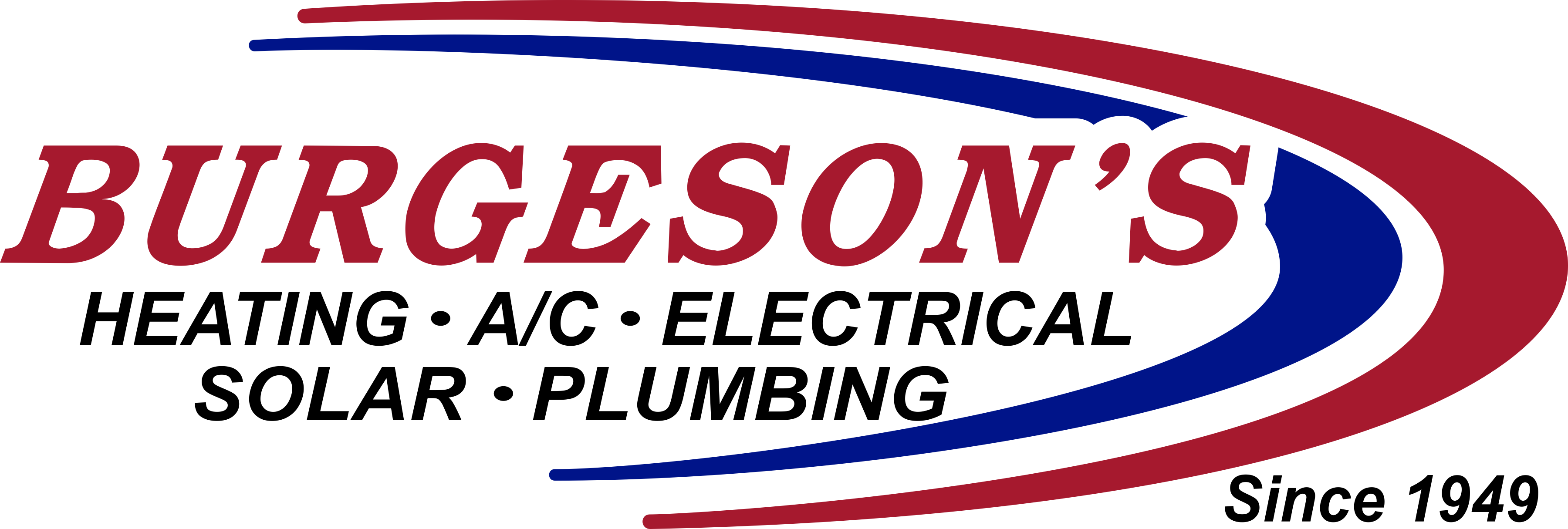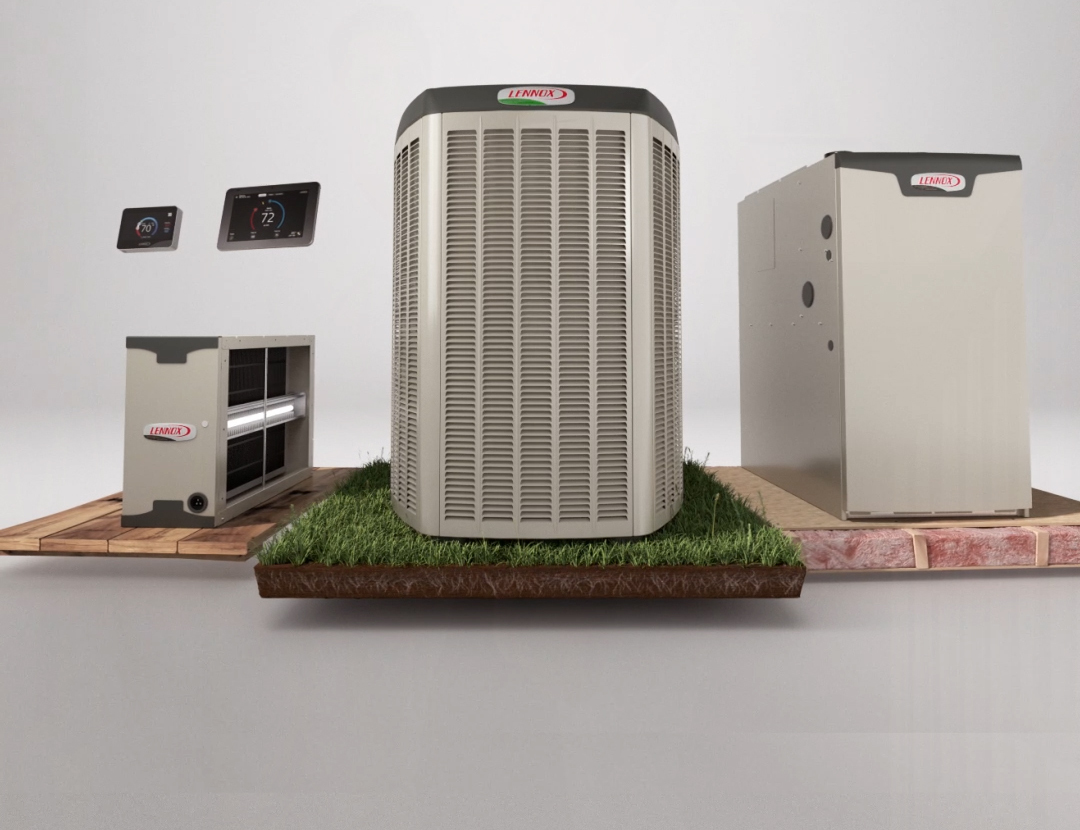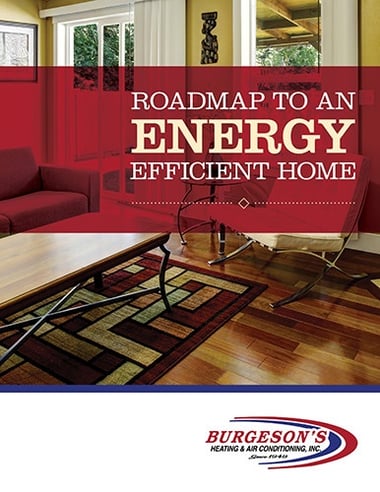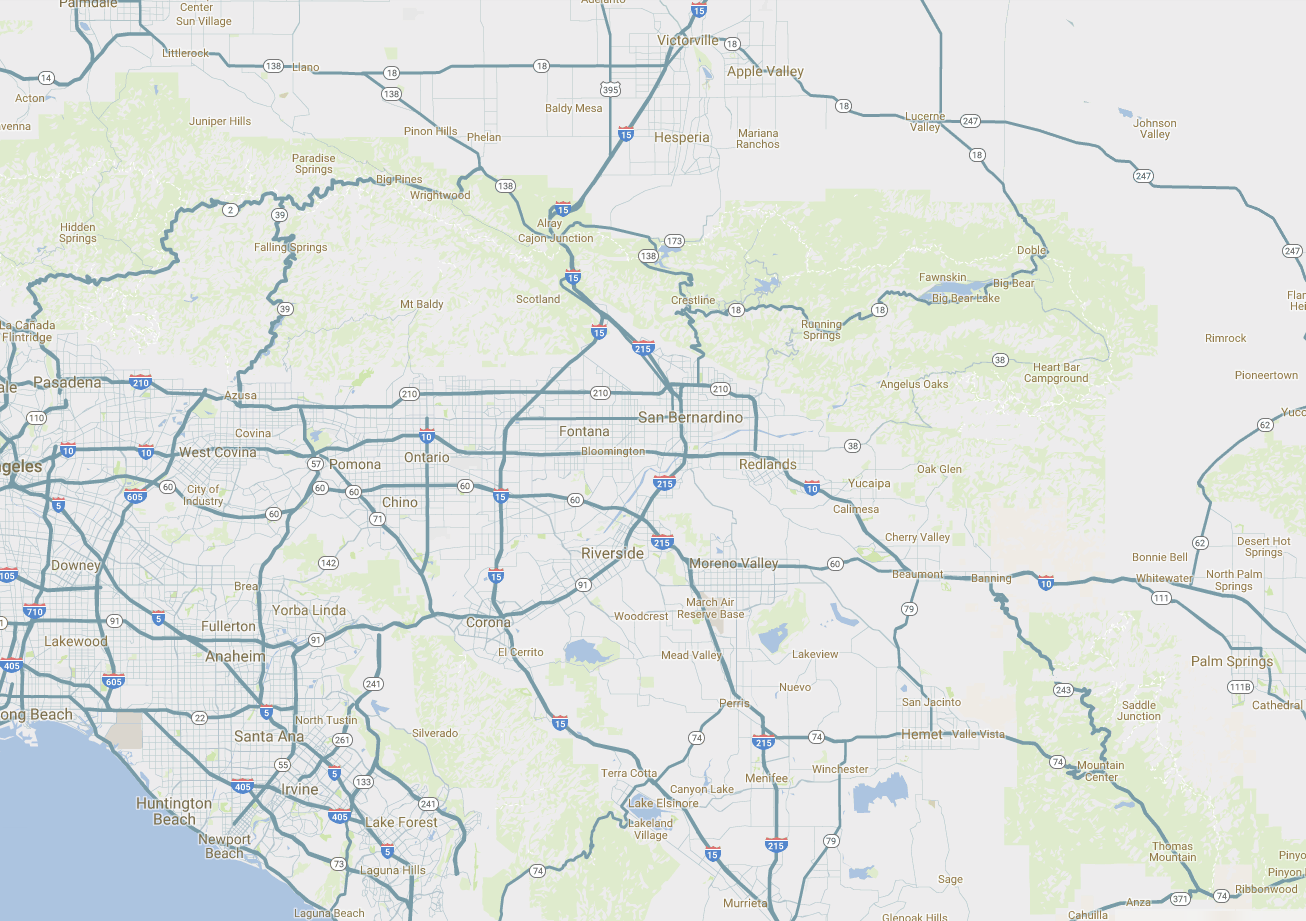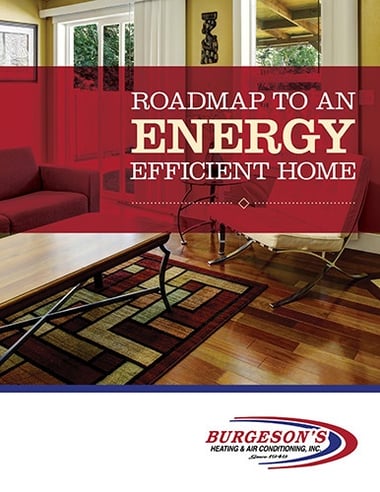The cost to install a central air conditioner in the Southern California area typically ranges from $4,000 to $20,000.
Yes, that’s a wide price range, but it’s because every AC installation is different.
What you’ll end up paying for a new central AC all depends on the:
- Tonnage (size) you need
- AC system’s efficiency level
- Features of the AC unit
- Condition of existing indoor & outdoor components
- Whether your furnace also needs to be replaced
In this article, we’ll take a closer look at each of the factors above to determine exactly how they affect your AC installation cost.
Want a precise quote for your AC installation? Contact us. We’ll send over an HVAC Design Specialist to inspect your home then provide you with a fair, upfront quote personalized for your needs.
Price factor #1: Tonnage (size) you need
Bottom line: The higher the tonnage, the more the AC system will cost.
Air conditioners are sized by their cooling capacity, which is measured in tonnage.
Because ACs work by removing heat, tonnage actually refers to how much heat the system removes from your home in an hour. For example, a 1-ton AC system can remove up to 12,000 BTUs in an hour.
Note: BTUs stands for British Thermal Units and is a measurement of heat. 1 BTU is roughly equivalent to the heat produced by burning one match.
Most residential air conditioners range anywhere from 1 to 5 tons.
Wondering what “size” AC unit your home needs? The best way to determine the ideal AC size for your home is to have a professional perform a load calculation.
A load calculation measures how much heat a home typically accumulates in an hour. A professional will use this calculation to match your home with the appropriate AC tonnage.
Our tip: Request a load calculation to determine AC size. Using “rule-of-thumbs” or roundabout guesses often result in improper AC sizing, which can lead to shortened equipment lifespan, higher utility bills and costly repairs.
Price factor #2: AC efficiency level
Bottom line: The higher an AC’s efficiency, the larger the investment.
Air conditioner efficiency is measured by a “SEER” rating, which stands for Seasonal Energy Efficiency Ratio. A system’s SEER rating refers to how much energy it will consume throughout the cooling season. Higher-SEER rated units are typically a larger investment but they also provide more energy savings over the lifetime of the unit.
Residential AC SEER ratings can range anywhere from 14 to 25+. Wondering which efficiency level you should choose?
Consult a professional before making any decisions. A professional will provide you with the SEER rating that best works for your comfort needs and budget.
Price factor #3: Comfort features
Bottom line: The more comfort features an AC system provides, the more it will cost.
Higher-end AC models often come with more “comfort” features. Some common comfort features include variable cooling speeds or additional sound insulation.
Sometimes, though, comfort features aren’t necessarily built into the unit itself and are added in at the time of installation.
These add-on features include:
- Smart thermostat upgrades
- Whole-home air filtration and purification systems
- Zoning systems
Price factor #4: Condition of existing indoor and outdoor components
Bottom line: If certain indoor/outdoor components need to be repaired or replaced, this will raise the overall cost of your installation.
An AC system is comprised of many working parts, which are located both inside and outside of your home.
These components include:
- Refrigeration line sets
- Electrical circuits and disconnects
- Ductwork
- Air registers (vents)
Sometimes, these components become damaged due to weather or wear and tear and may need to be replaced. Or they are simply outdated and need to be updated to be compatible with newer technology. The more components that need to be replaced, repaired, or updated, the more you will pay overall for the installation project.
Price factor #5: Whether your furnace also needs to be replaced
Bottom line: If your furnace also needs to be replaced, your installation cost will increase.
The reality is that if your central AC needs to be replaced, it’s usually necessary to replace your furnace at the same time due to issues revolving around the compatibility of the refrigerant required by your system. Newer units require upgraded, ecofriendly refrigerant by law.
Also, your AC unit will not reach its optimum efficiency level without being paired with a variable speed furnace.
Because your central AC and furnace share many of the same systems (air handler, ductwork, etc.), upgrading one without the other can cause expensive issues, such as:
- Shortened equipment lifespan
- High utility bills
- Frequent repairs
- Lower efficiency
The good news is you save more money by replacing both the furnace and AC at the same time.
A large chunk of the installation cost goes toward labor. You can save a lot on labor costs by replacing both your AC and furnace at the same time—versus having a team come back out to replace the furnace later on.
Want to know how much your AC installation will cost?
Just contact our qualified team at Burgeson’s Heating, A/C, Electrical, Solar & Plumbing
We have over 73 years of experience in the HVAC industry—so you can rest assured you’ll get the highest quality AC installation possible.
When you choose us, we’ll send over an experienced HVAC Design Specialist who won’t pressure you into purchasing equipment you don’t need. They’ll simply work with you to understand your home and family’s unique cooling needs, share information about financing and any rebates you may be eligible for, then provide various AC installation options, each with a fair, upfront price quote.
